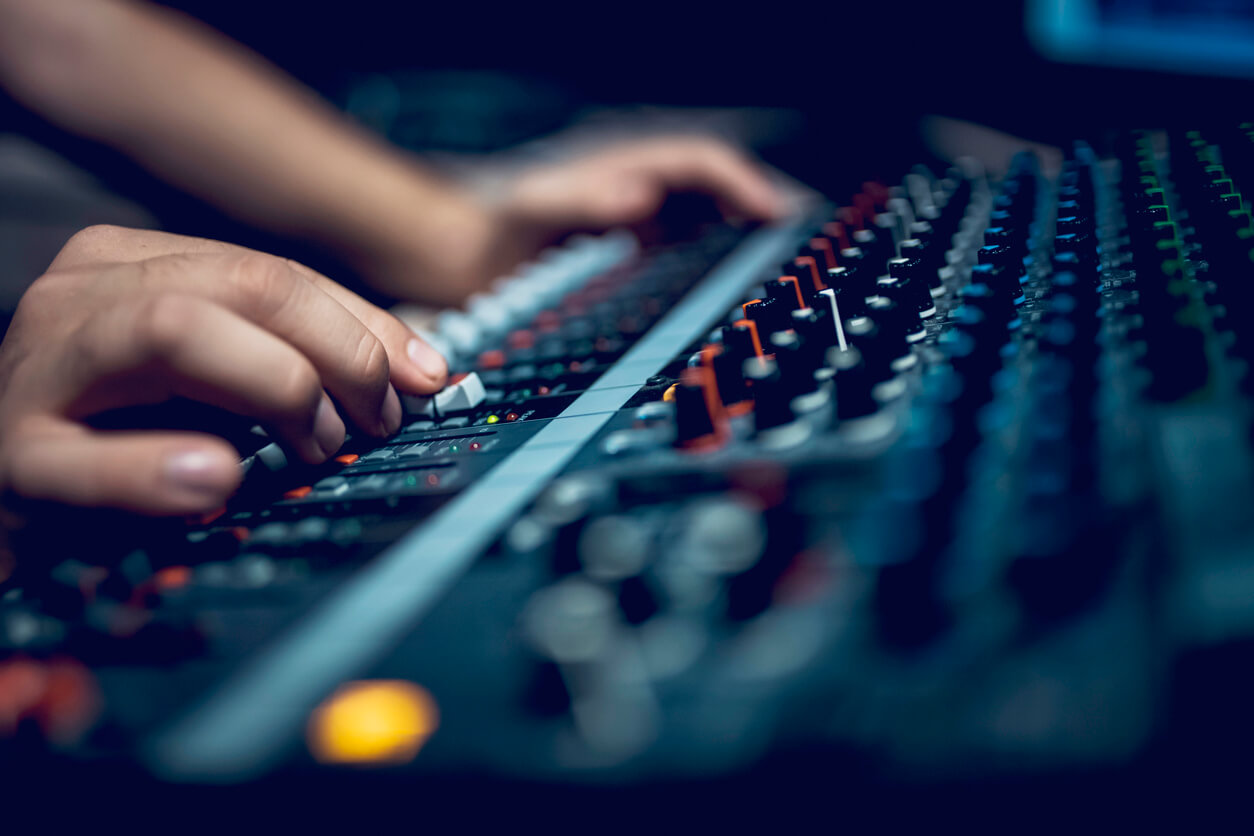- Home
- About The Firm
- Practice Areas
- Areas Served
- Resources
- Blog
- Contact Us


The MGM® lion’s roar. The iconic “dun-dun” in episodes of Law & Order. The marimba ringtone that comes as the default ringtone on iPhones. There are certain sounds you can hear in your head just by reading a written description of them.
When you hear them on the radio, the tv, or online, you know exactly what they are and what they mean. You associate the sound with a product or service, and that, in a nutshell, is why many businesses seek trademark protection for certain sounds.
At the Lomnitzer Law Firm, we help businesses here in South Florida and beyond protect their brands by applying for sound trademarks. Our team helps creators figure out what intellectual property they have, how it fits into their branding strategy or business plan, and what steps to take to protect these valuable assets.
Sounds play an important role in modern branding. They cross platforms in ways that colors, logos, and slogans cannot. Sounds also allow brands to move between platforms in order to expand to new audiences in a way that people already familiar with the product or service will easily recognize.
Sometimes developing a sound to associate with a brand is a very intentional process. Other times, an ad or product feature connects with consumers somewhat unexpectedly. What is important is that there is an association between the sound and the brand in the consumer’s mind. A trademark protects this association by preventing competitors from infringing upon it.
Typically when we think about protecting music, we are thinking about using copyrights to do so. Copyrights protect artistic works, and sound usually falls into that category. So, why would a sound be trademarked instead of copyrighted? It depends on the type of sound and its usage.
One of the things Lomnitzer Law can help you with is doing an inventory of your intellectual property and advising you on the best way to protect it. Sometimes music should be copyrighted, sometimes a sound should be trademarked, sometimes both make sense.
As Section 1202.15 of the Trademark Manual of Examining Procedure (TMEP) explains, “A sound mark identifies and distinguishes a product or service… Sound marks function as source indicators when they ‘assume a definitive shape or arrangement’ and ‘create in the hearer’s mind an association of the sound’ with a good or service… Thus, sounds may be registered on the Principal Register when they are ‘arbitrary, unique or distinctive and can be used in a manner so as to attach to the mind of the listener and be awakened on later hearing in a way that would indicate for the listener that a particular product or service was coming from a particular, even if anonymous, source.’”
Basically, a sound must be distinct, and connected to a brand, in order to be trademarked.
If you have a sound you want to protect, the Lomnitzer Law Firm, P.A., is here to help. As South Florida’s premier intellectual property legal practice, we have the legal knowledge and industry experience you need to assess your situation and chart a path forward. Whether you need a trademark or copyright, you can contact us today, and we will be your sounding board.